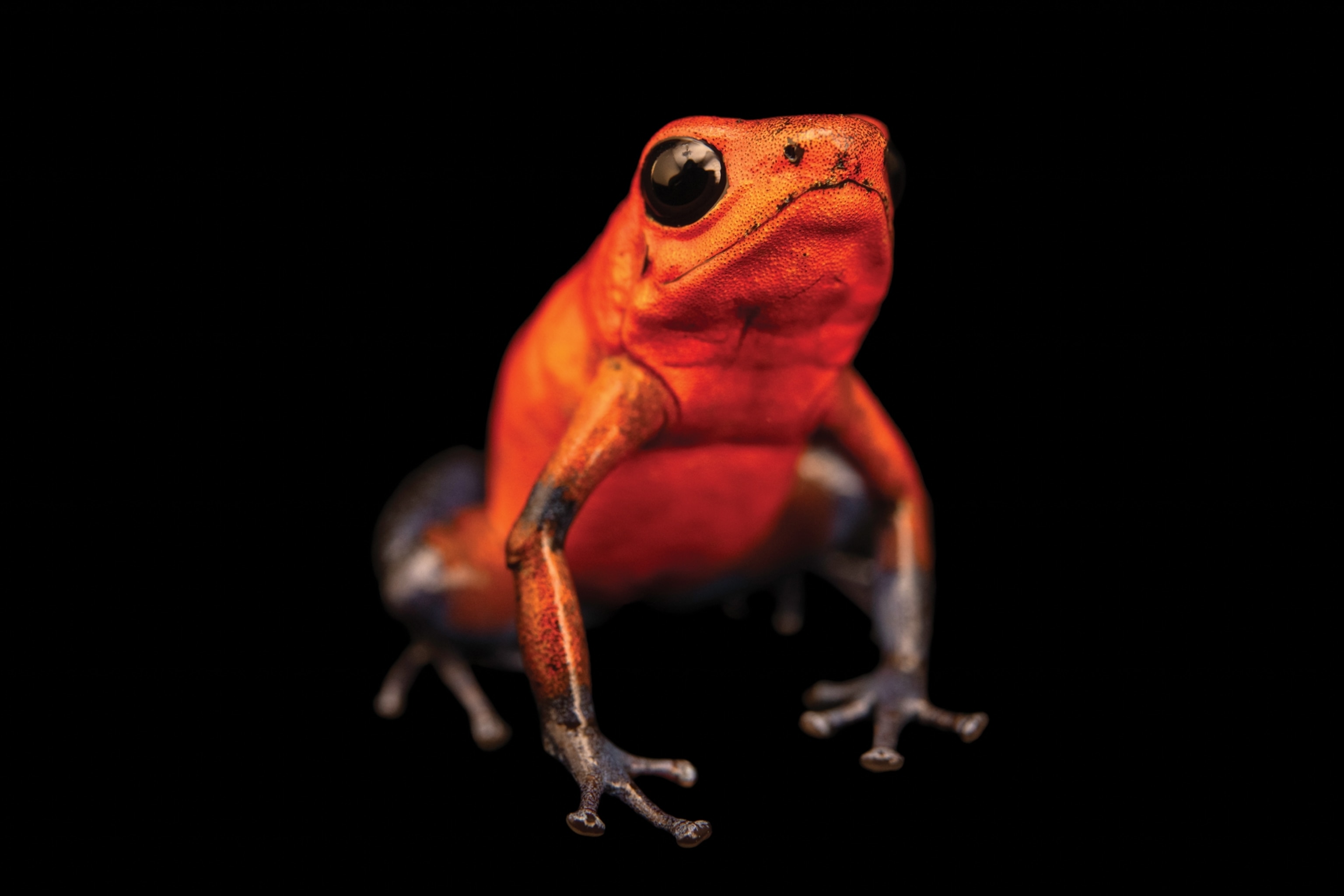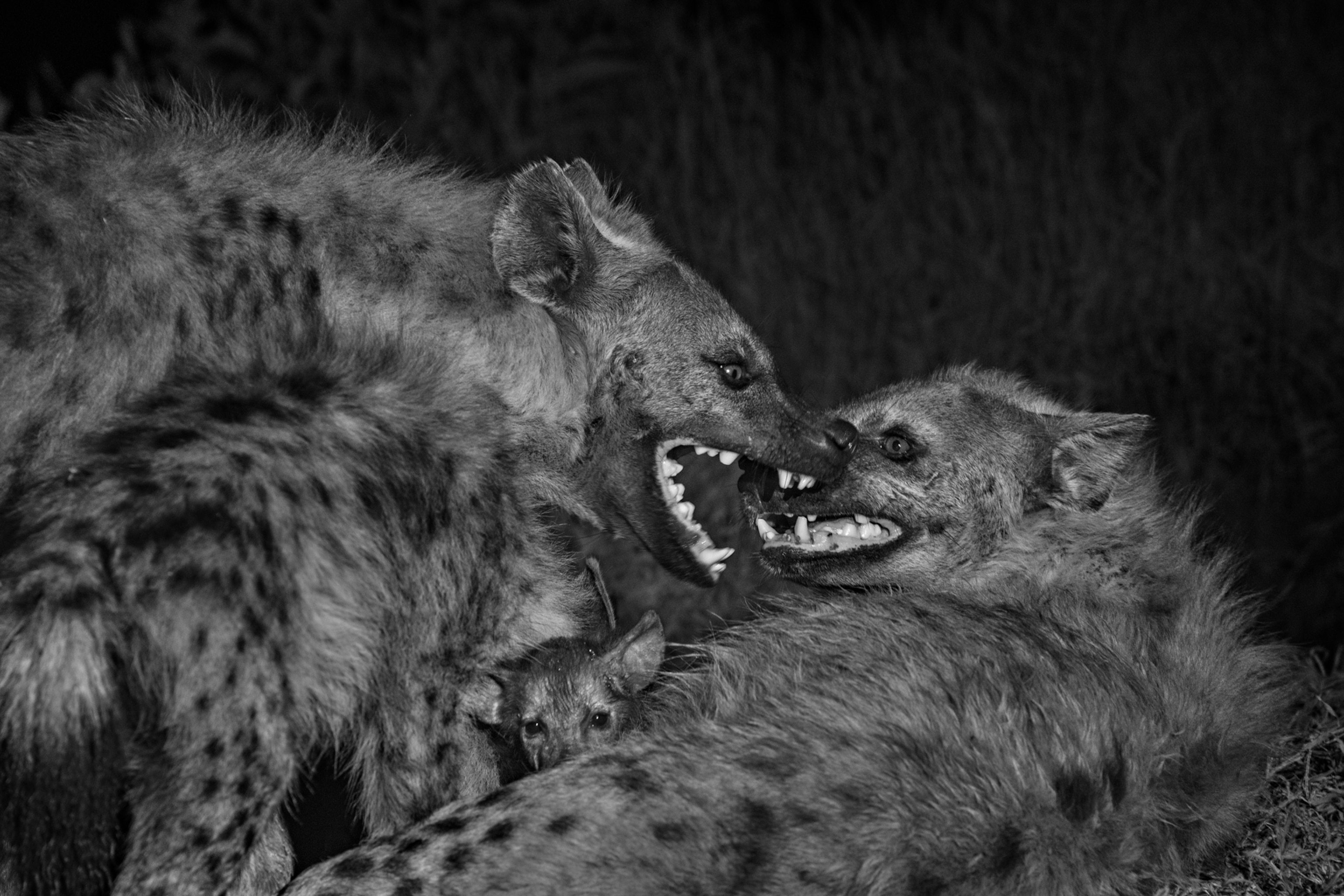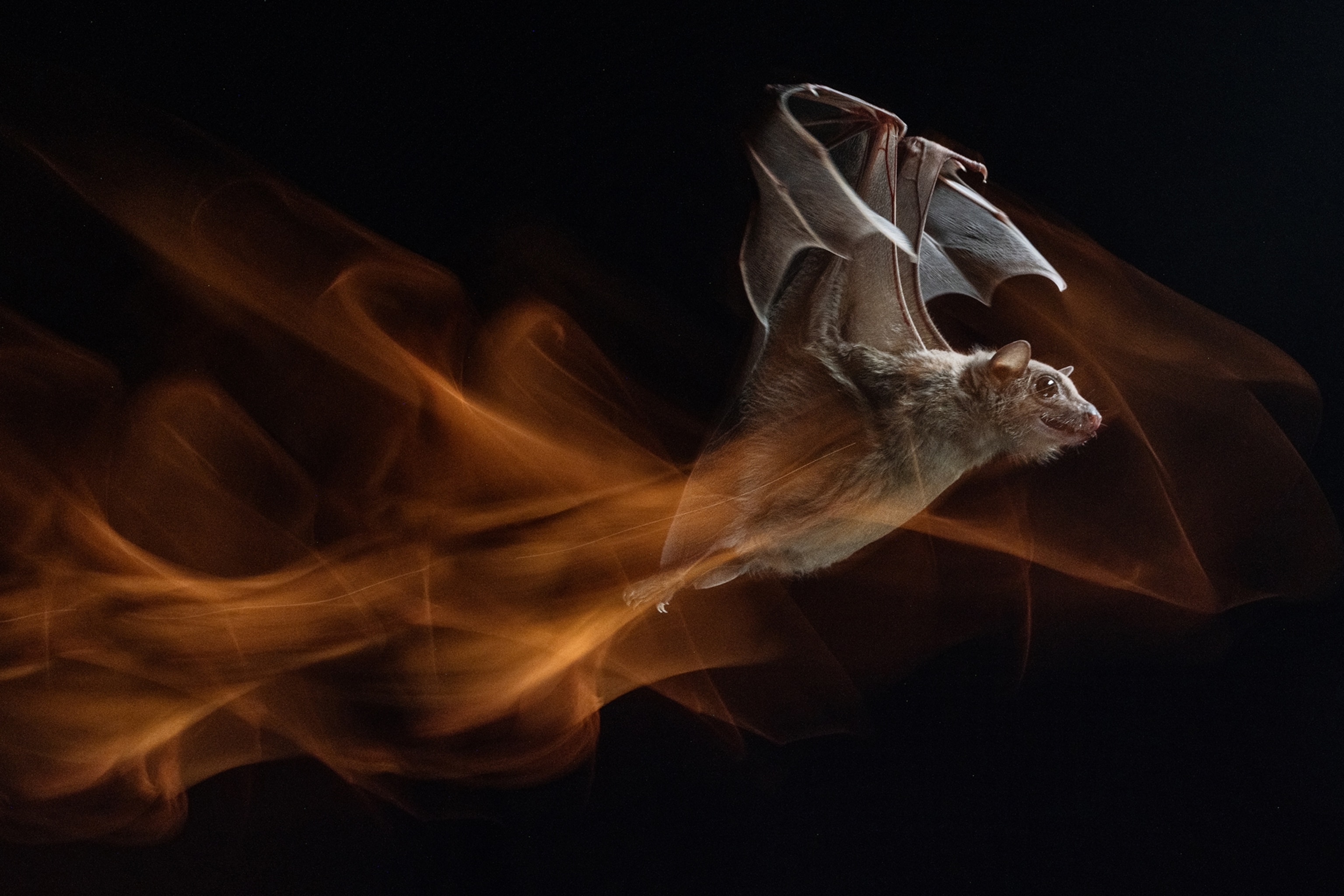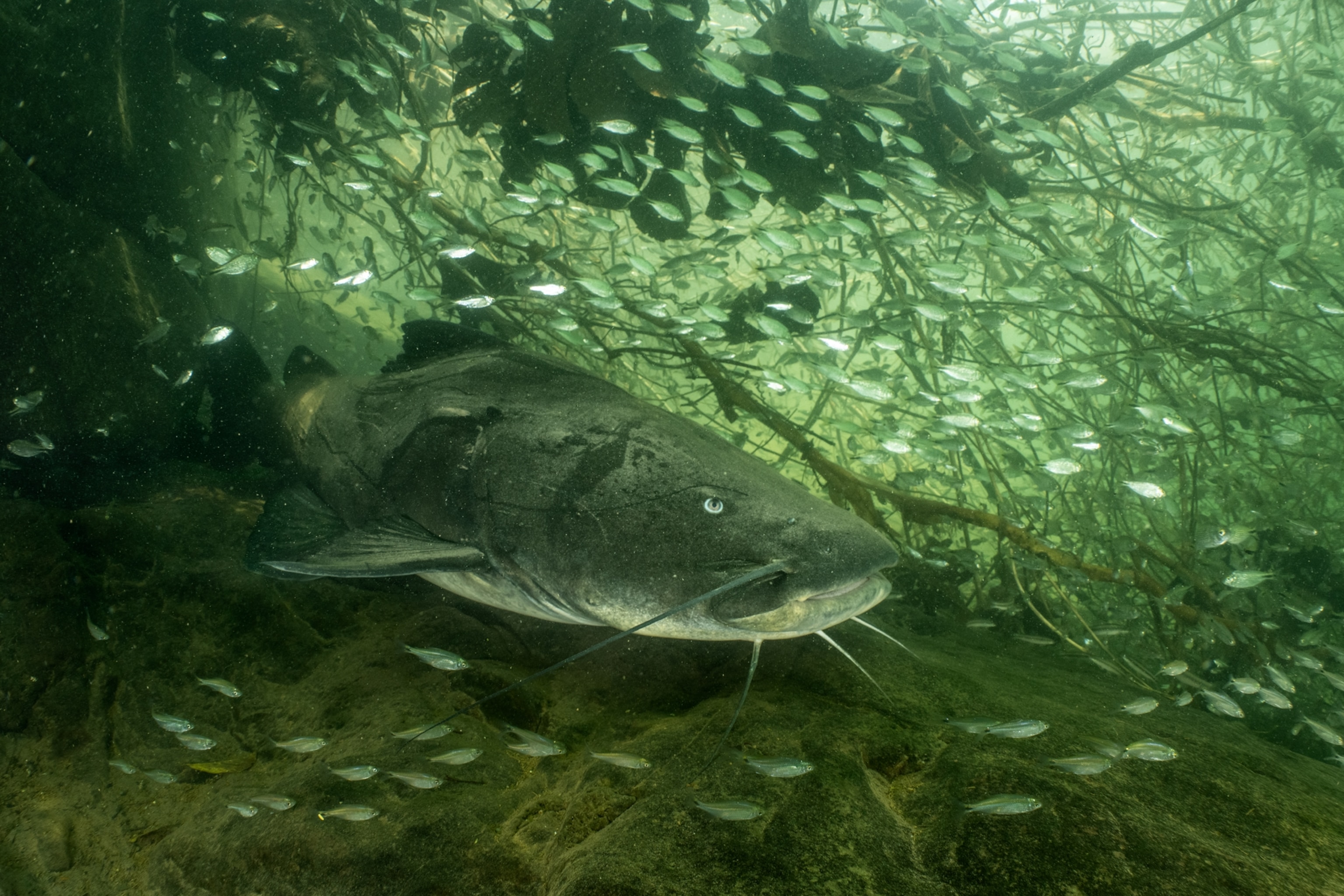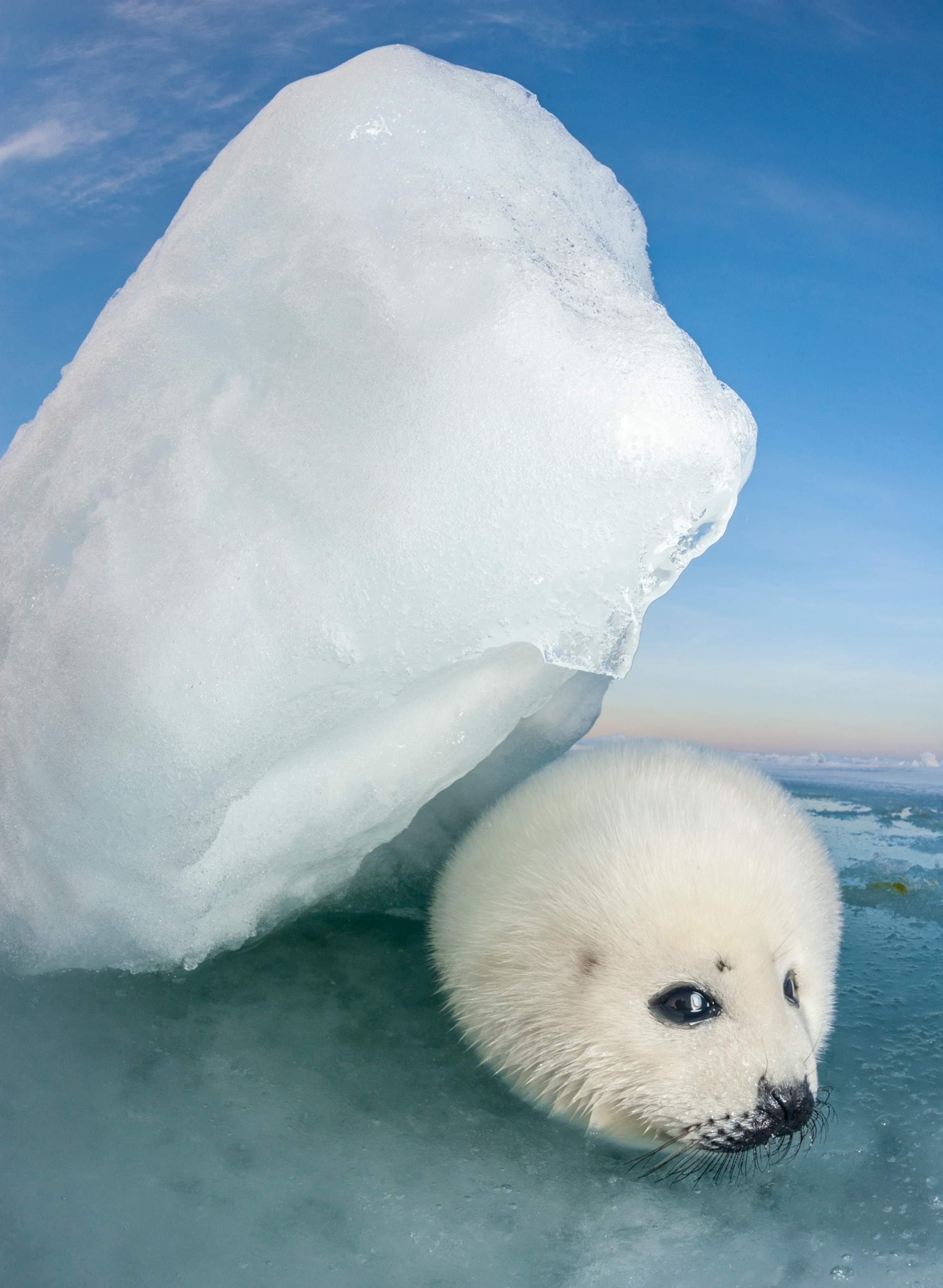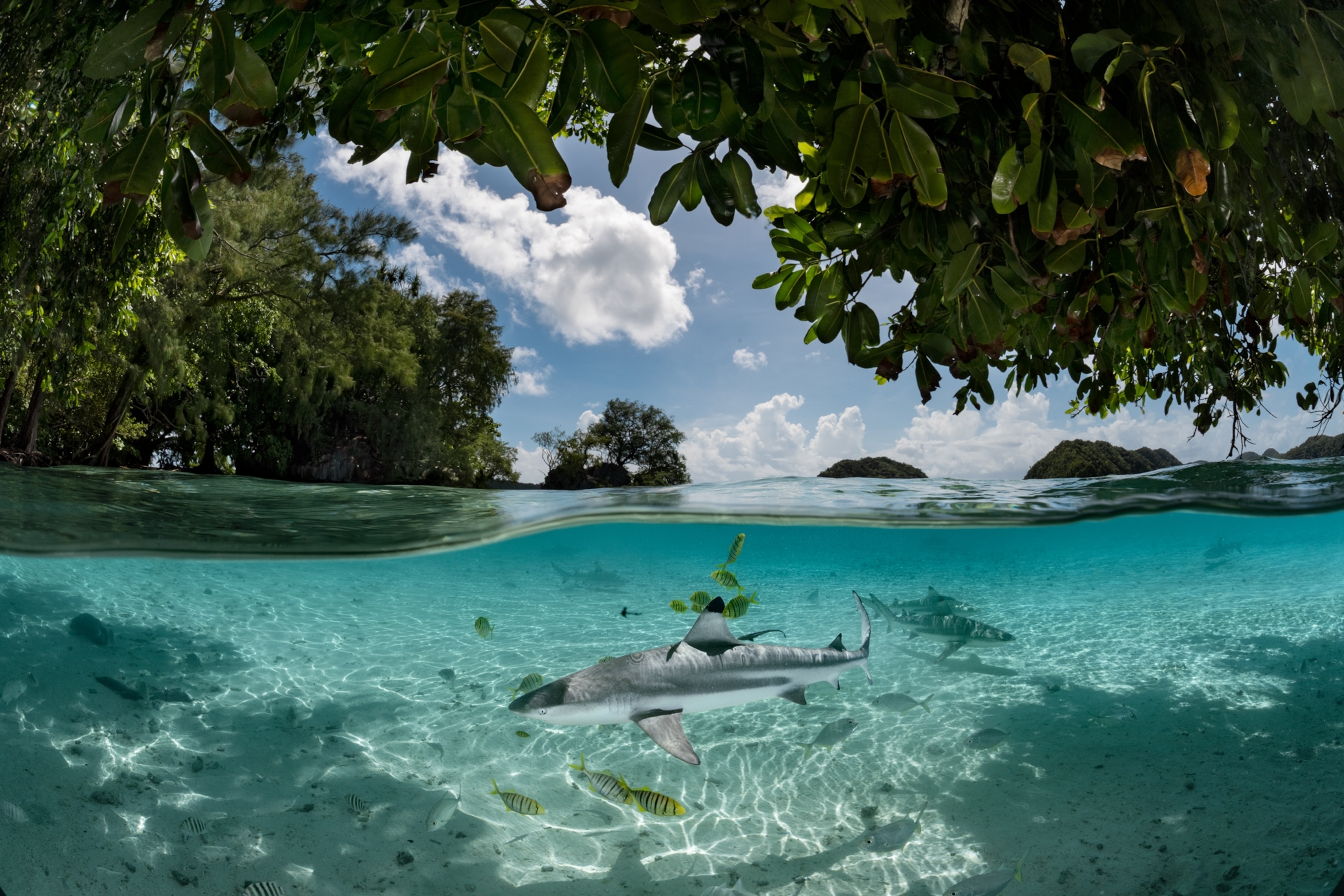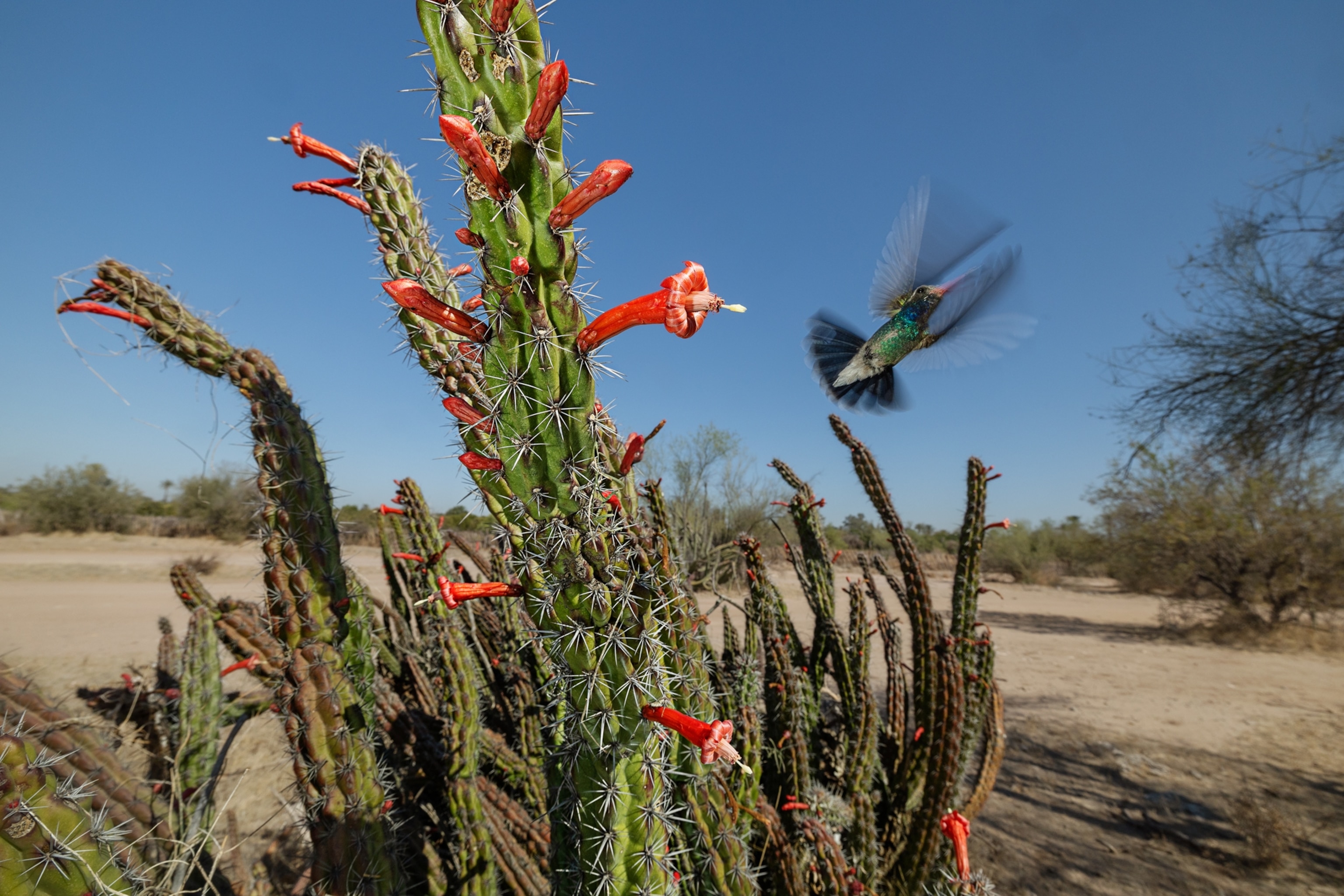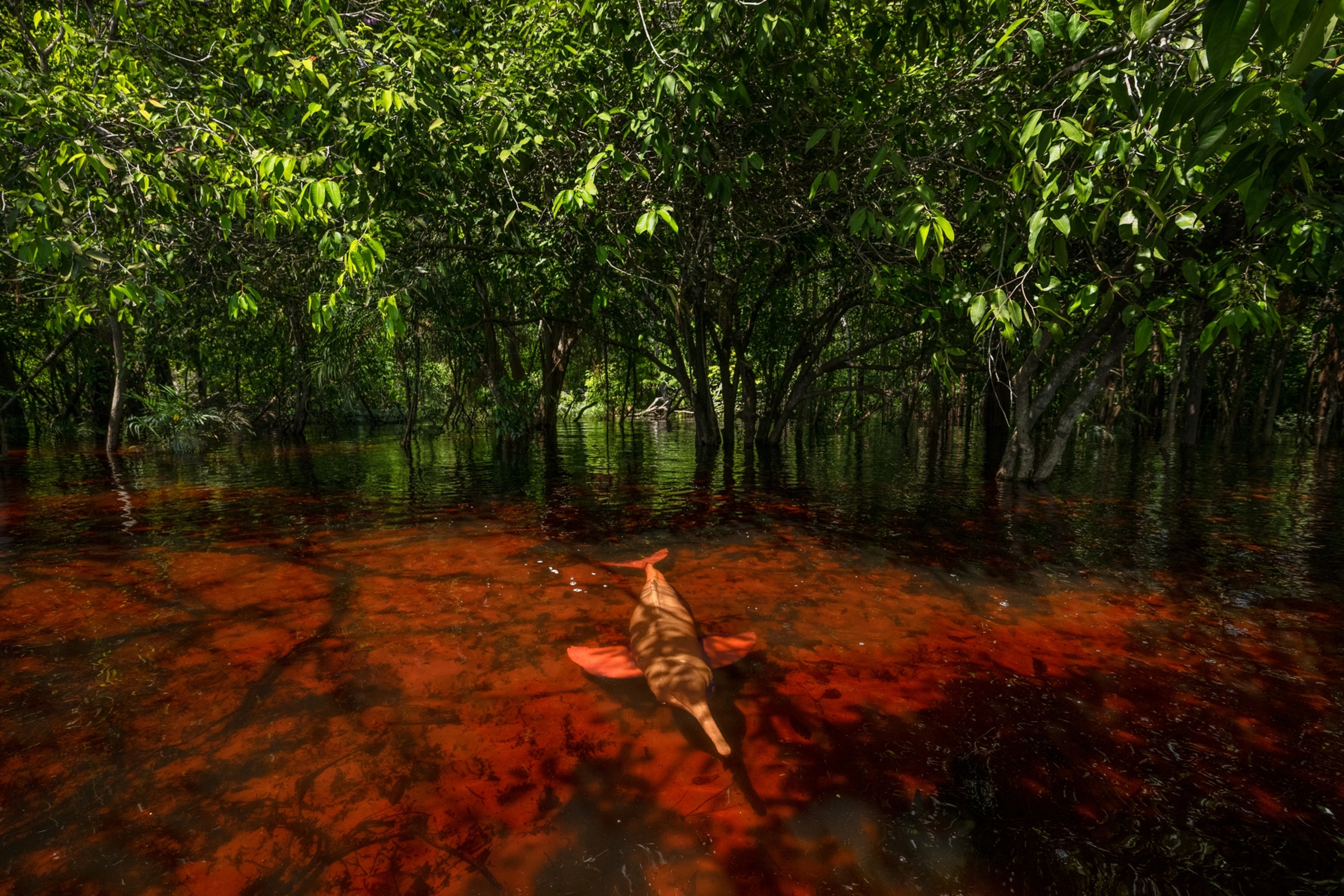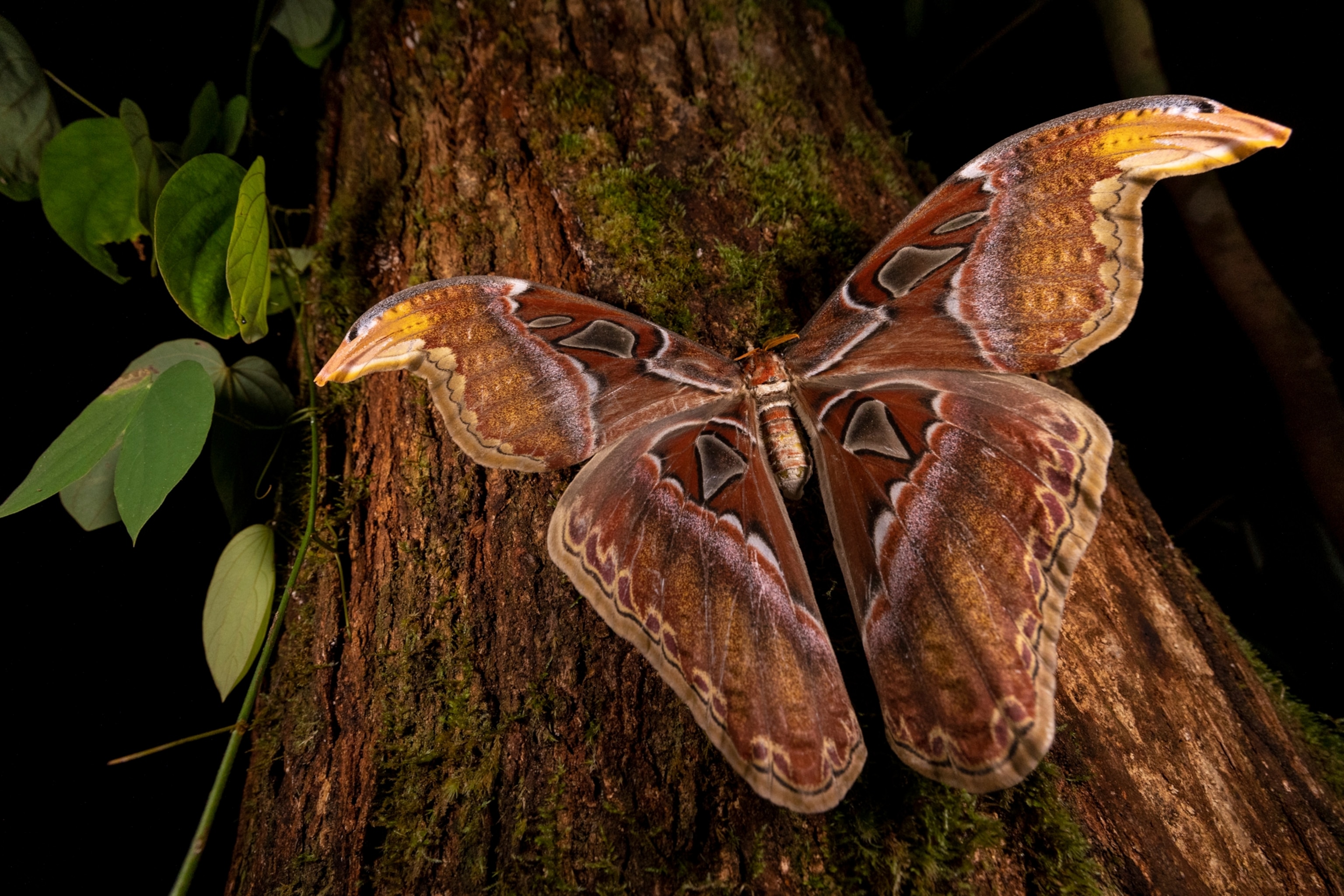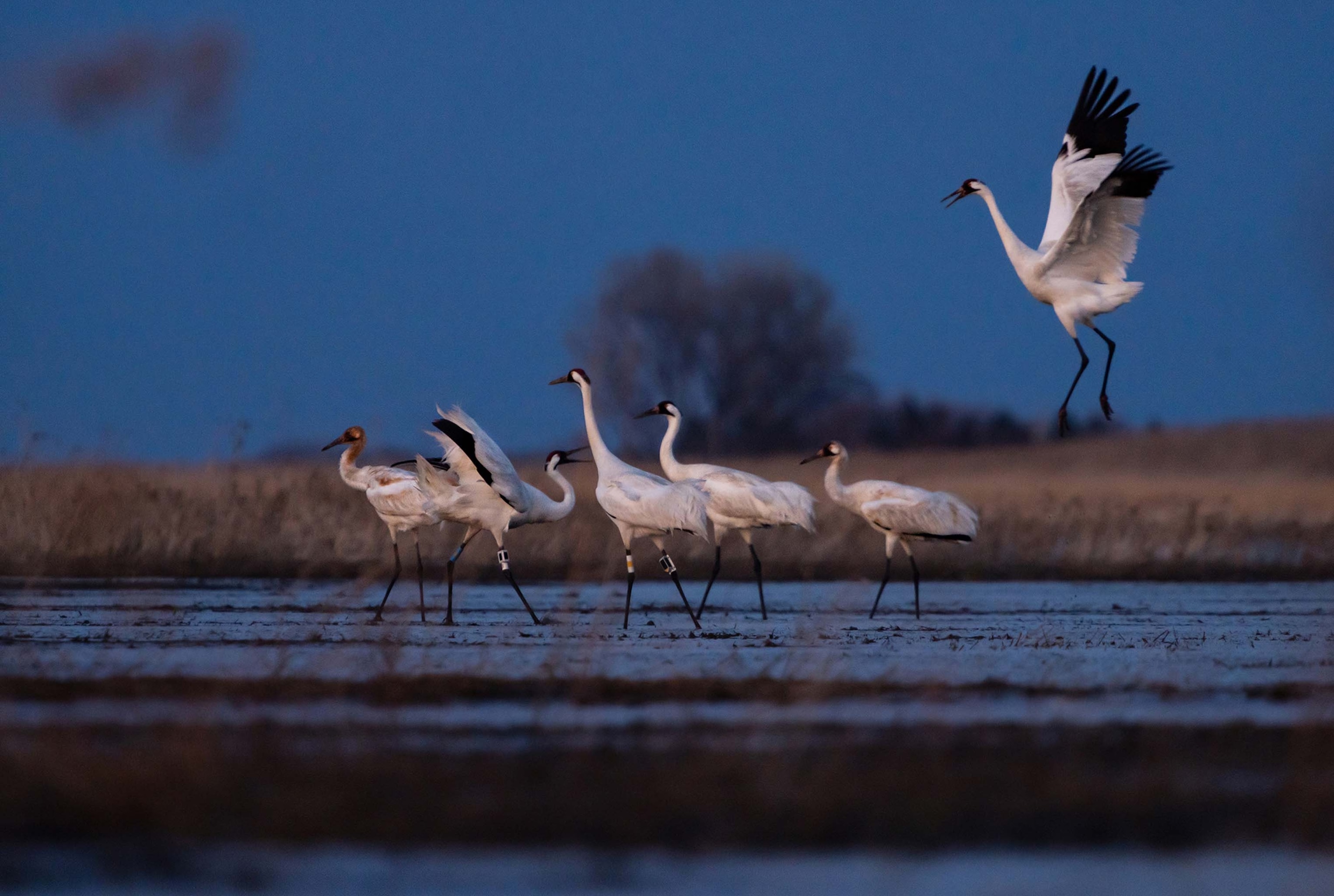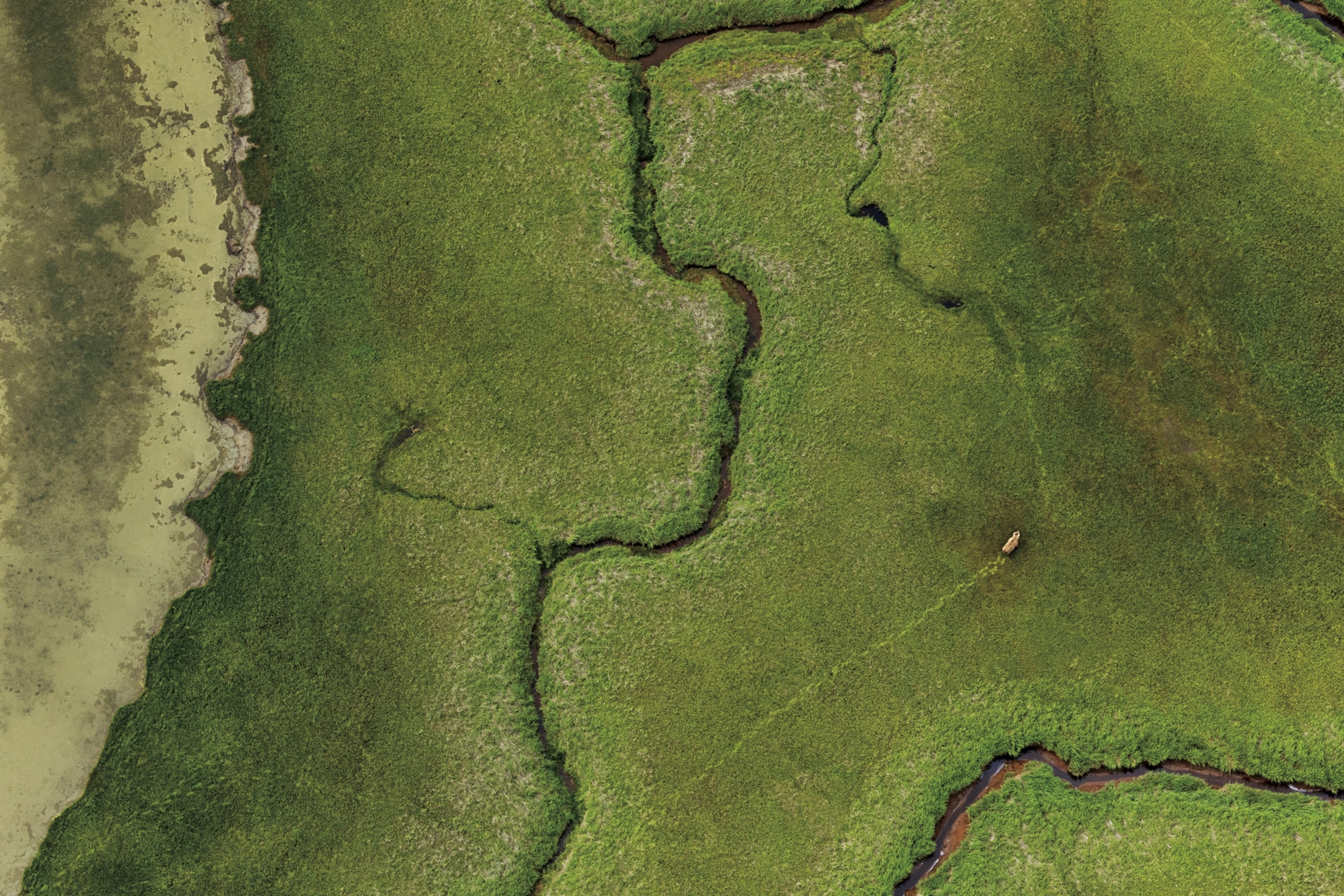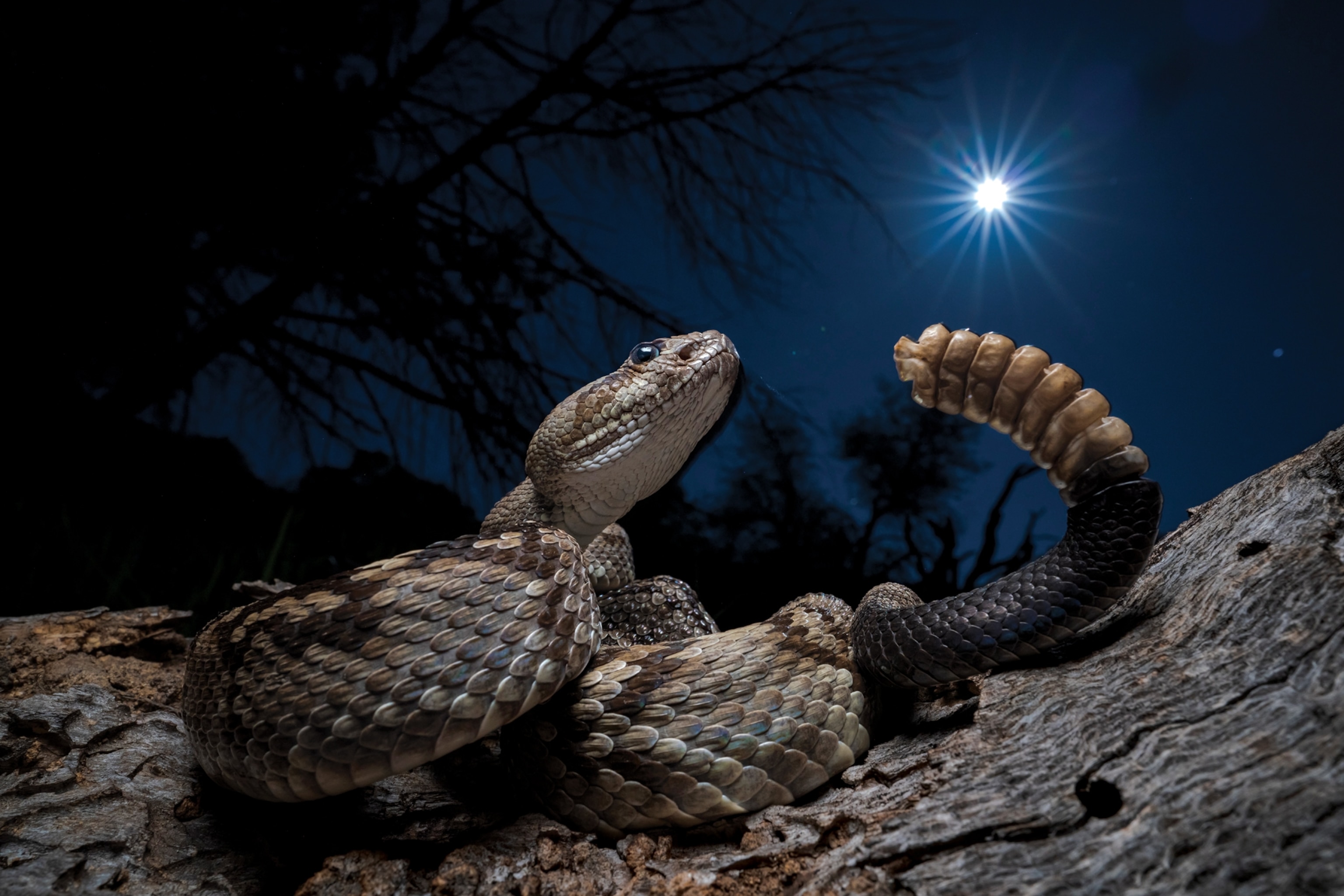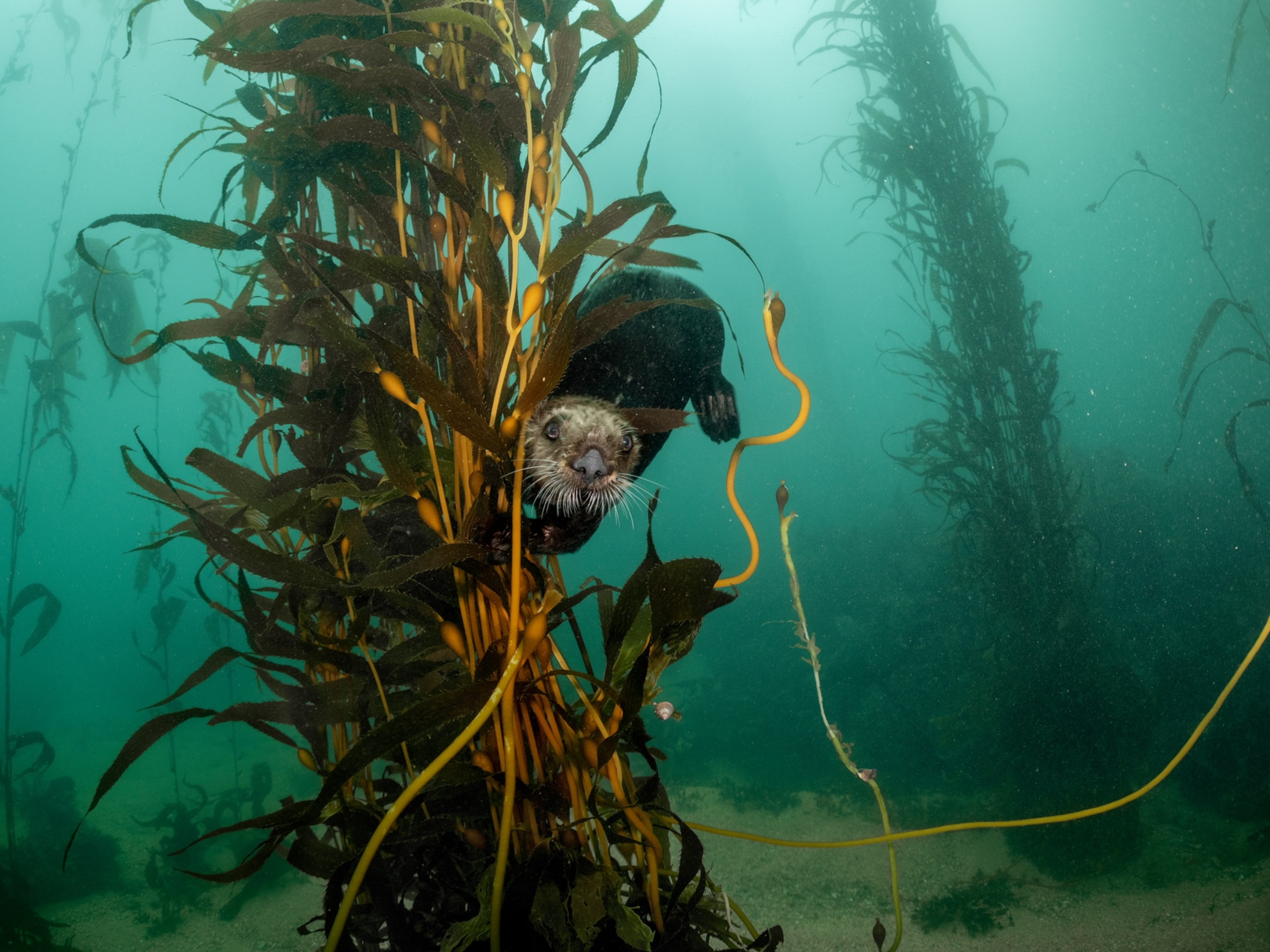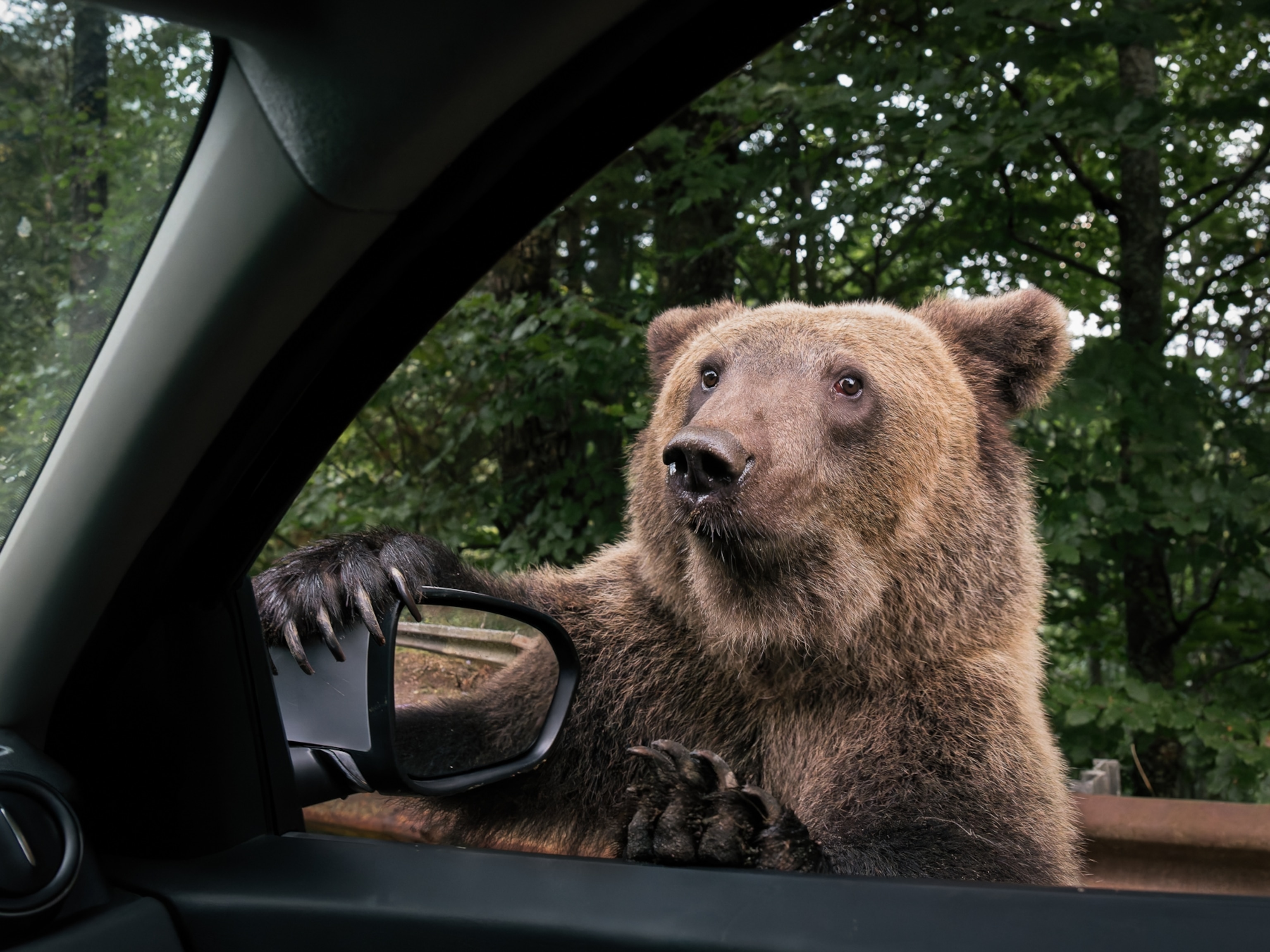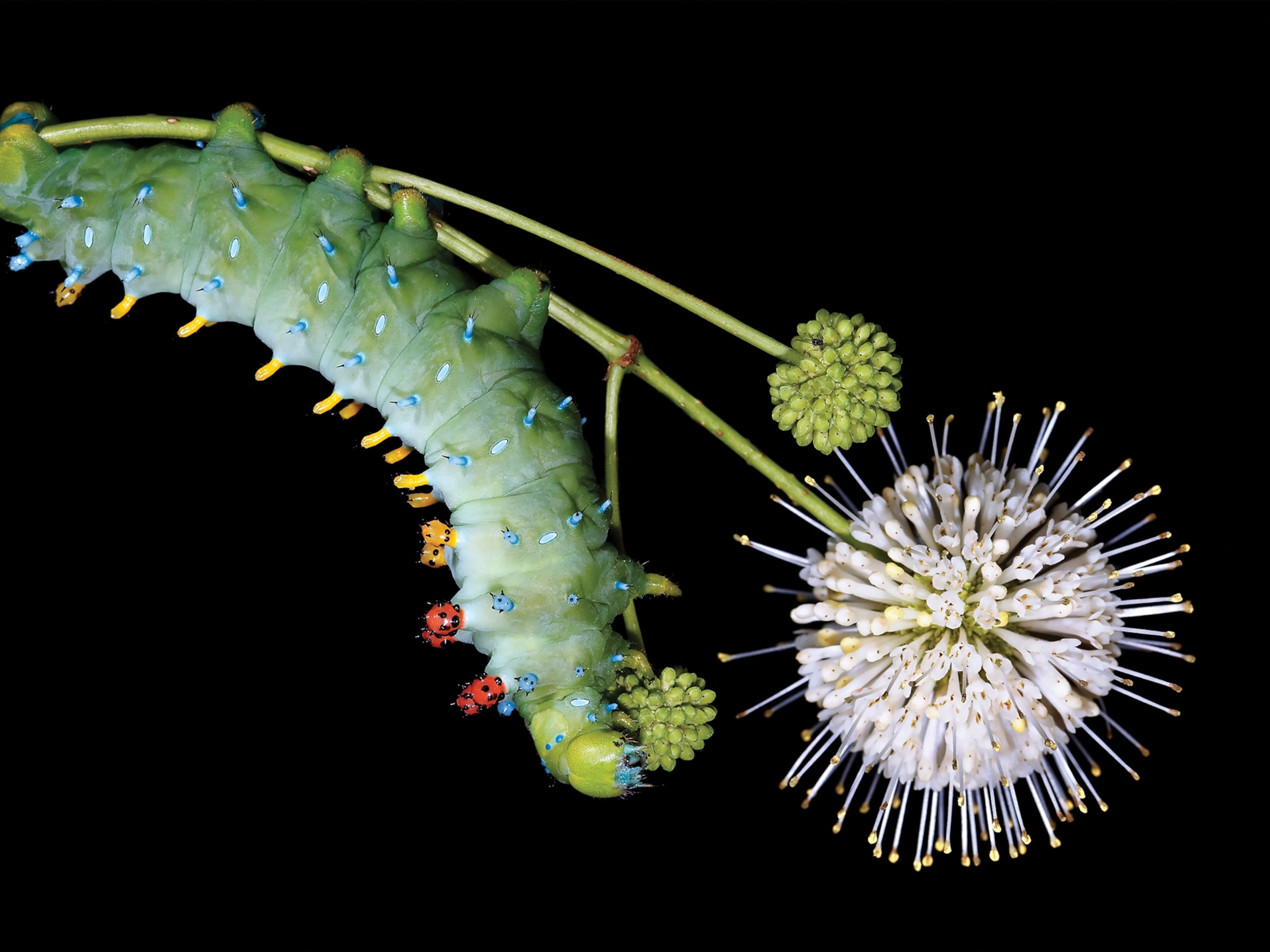Here are our best wildlife photos from 2024
From a pink dolphin slinking through the Amazon's waters to the sight of monarch butterflies filling the skies of Mexico, this year's best photos will take you on a journey across the planet.
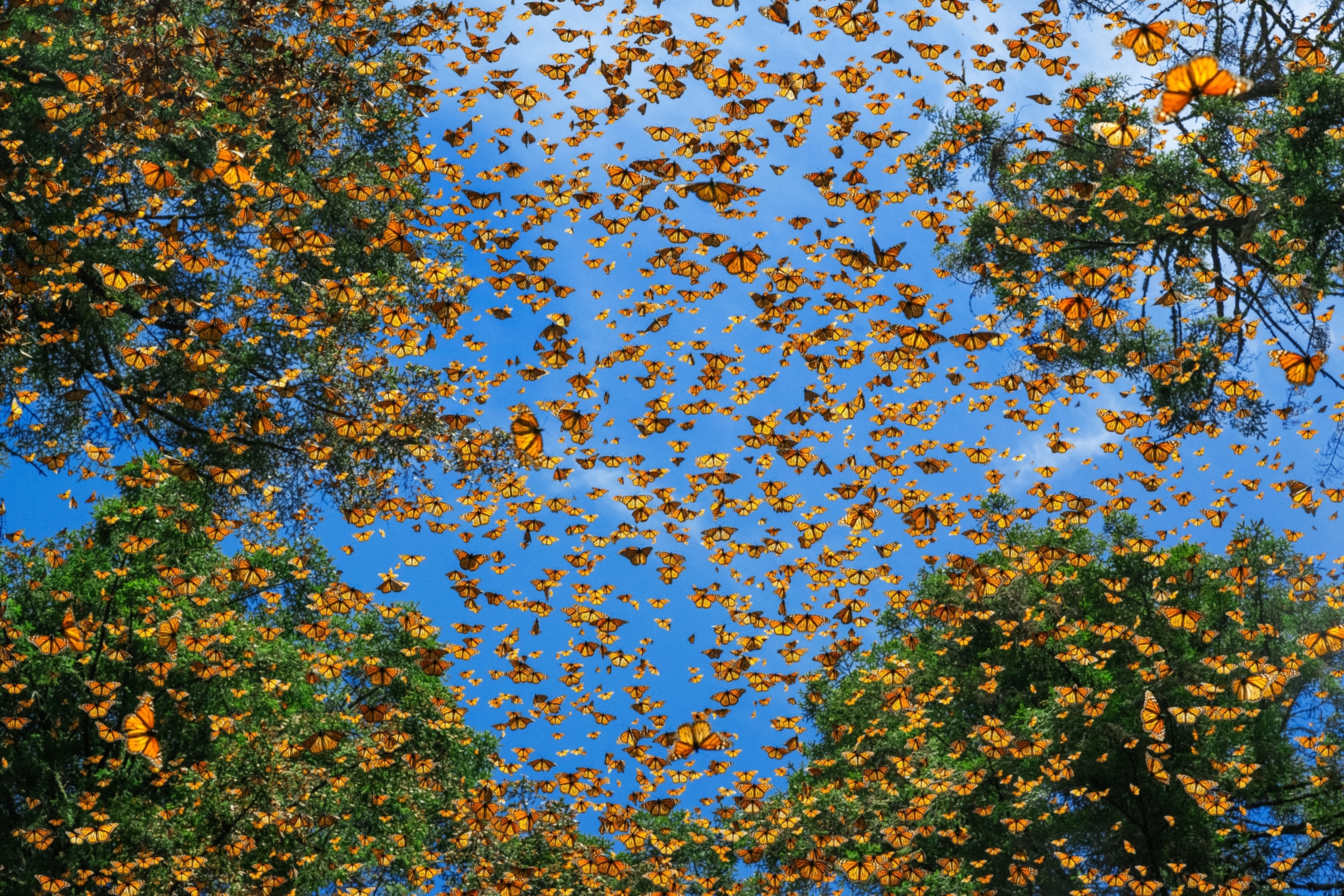
To capture the essence of a migratory animal, such as the monarch butterfly, a photographer must become migratory, too.
Over nearly two decades, photographer and National Geographic Explorer Jaime Rojo has followed monarch butterflies on their epic, multigenerational journey across North America.
He’s shivered with the insects as they clustered on oyamel trees within the Monarch Butterfly Biosphere Reserve in Michoacán, Mexico, and wilted under the sun with them as they winged their way north through Texas, Oklahoma, Kansas, Iowa, and Minnesota.
Rojo’s photo of monarchs streaming through the trees against a blue sky puts the viewer in a place of awe—you can almost feel the pinch in your neck as you stare upward, unable to turn away from the spectacle. The shot appeared in the January 2024 story, “Flight of the Monarchs.”
Alexa Keefe, managing photography editor and selector of this year’s best wildlife photos, kept coming back to just how much time and dedication each photographer showed in the pursuit of their shots.
For instance, she points to Michael Forsberg’s image of whooping cranes stopping for the night in a Nebraska wetland: “He would spend hours, sometimes days, observing from a blind waiting for the right moment to press the shutter.”
Likewise, to create the "Into the Amazon" special issue, photographer and National Geographic Explorer Thomas Peschak spent 396 days in the field to capture their aquatic realm in all its glory.
Whether it was Jennifer Hayes’ harp seals or Acacia Johnson’s brown bears, so many of these entries represent vast catalogues of photographs built from years of familiarity with their subjects.
As the seasons change and the Northern Hemisphere leans into winter, each image also feels like a touch of warmth and wonder—a reminder of just how many wild things are out there, and all the work that’s being done to protect them.



